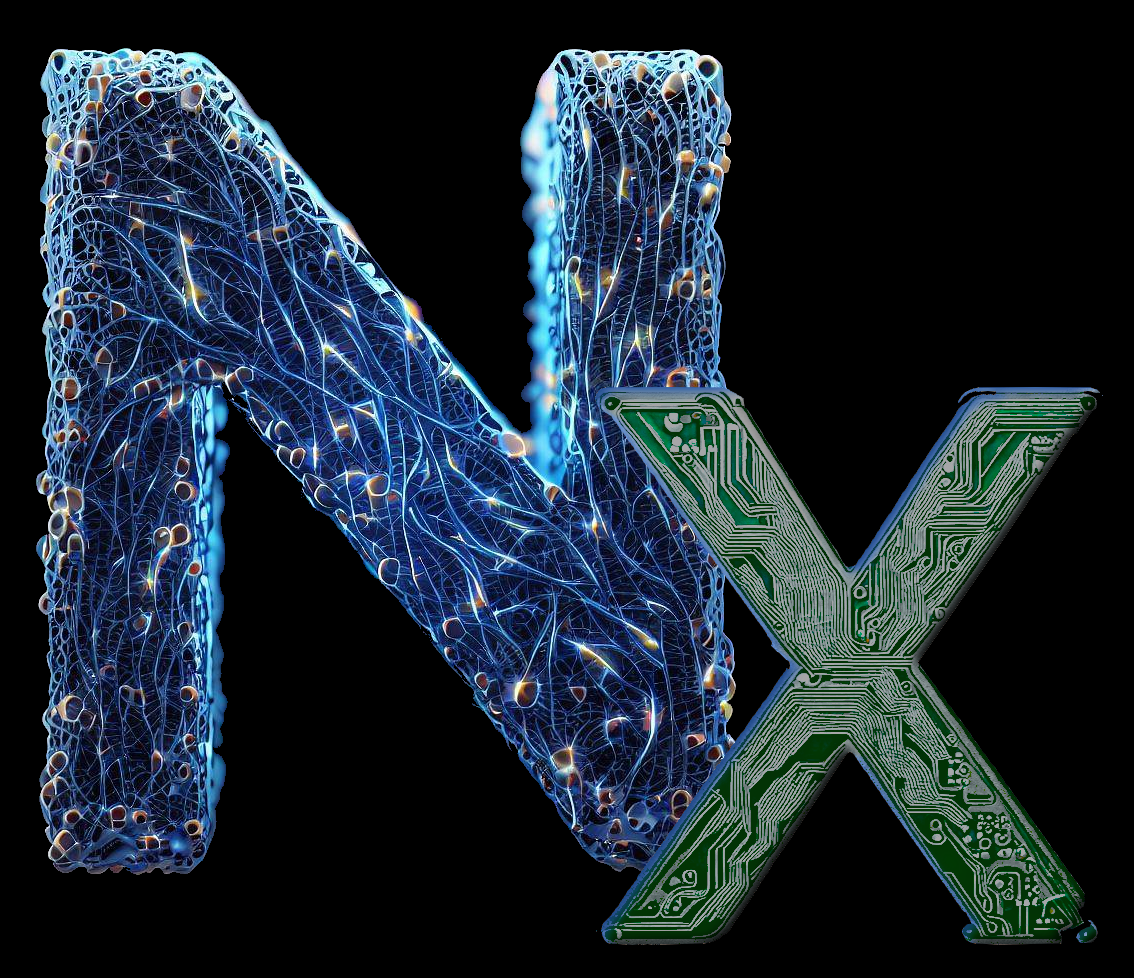

Generally, if someone’s being a total asshole so severely that they have to be yeeted with several thousand other unaware bystanders, I expect to see a bunch of examples within the first… 2, maybe 3, links.
If someone can point me to a concise list of examples (actual data), I find it more disturbing that an admin on another server can yeet my account because they make noise on a discord server.I mean, yes, federating is a feature, but why even offer the ability to enroll users? Maybe for a group of friends, or something, but just rando users is nothing but a liability to everyone involved.






Counterpoint - yes.